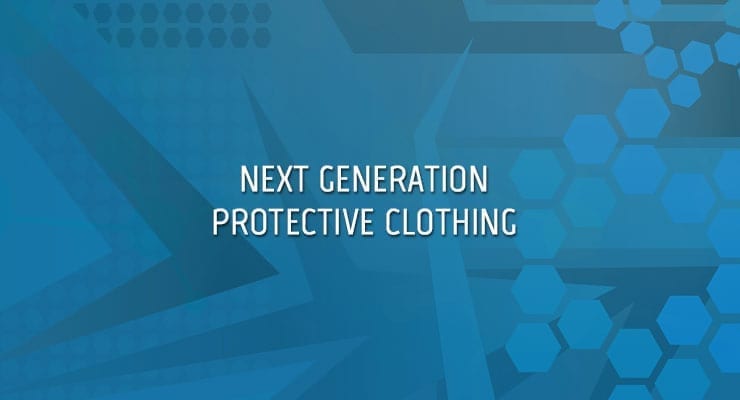The Joint Program Executive Office for Chemical & Biological Defense and PEO Soldier/Soldier Systems are seeking to develop next generation chemical warfare agent-resistant fabrics and barriers.
The requirement is part of this year’s Department of Defense Rapid Innovation Fund (RIF) approved topics. The RIF is designed to quickly transition innovative technologies that resolve operational challenges into acquisition programs. Those selected for award may receive up to $3 million and will have up to two years to perform the work.
Specifically sought are fabrics for individual and collective protection applications such as conformal fabric masks, protective suit ensembles, and other barrier systems. These materials should utilize state-of-the-art technologies such as metal-organic frameworks (MOFs), metal oxides, or other nanostructures that can be engineered onto or into fibers fabrics and air permeable membranes.
The proposed effort must focus on optimizing reactivity and permeation resistance of chemical warfare agents with thermal burden and moisture vapor transport.
Successful proposals will emphasize the ability to robustly attach active nanostructures to a variety of fibers, the ability to mature the process to scales sufficient to develop clothing, tradeoff analysis of chemical warfare agent (and simulant) protection vs. moisture vapor transport and heat stress, and cost-benefit analysis of the proposed process as compared to current state-of-the art materials such as those incorporating activated carbon structures.
There are two phases in the source selection process: White Paper submission and full proposal submission. Full proposal submissions are by invitation only.
Further details are available via Solicitation Number: HQ0034-16-BAA-RIF-0001B, Requirement Number: ARMY50-RDECOM07. The response deadline is May 03, 2016.



